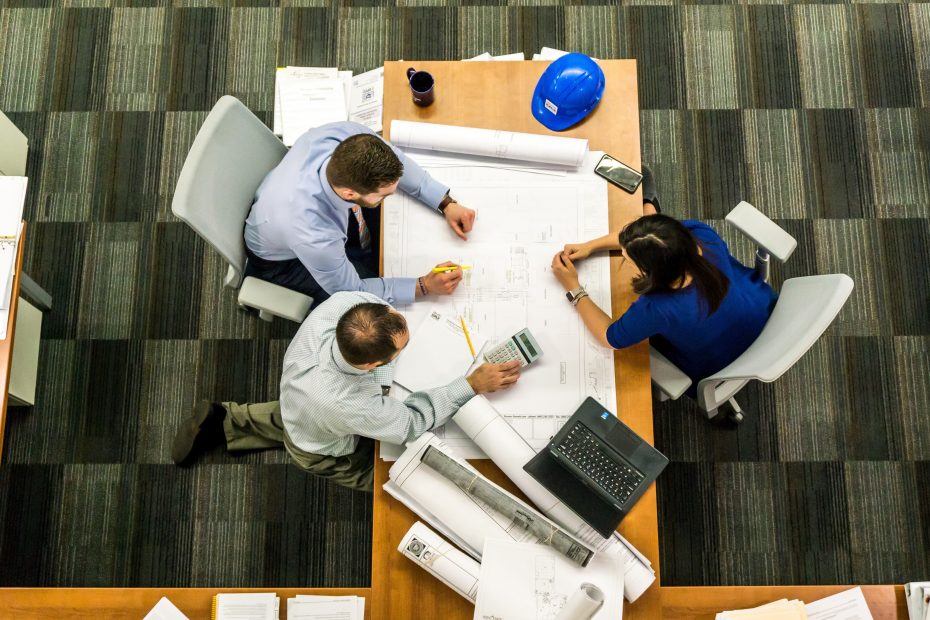In June this year, the UK Prime Minister delivered a “Build, Build, Build” speech that preceded the announcement of radical reforms to the current planning system in England. This has caused concern that construction projects could be accelerated without applying sufficient rigour to scrutinising their design, future impacts, and assessing the quality and value of projects – resulting in sub-standard housing.
Horror stories of former warehouse buildings being converted to windowless apartments and office buildings inappropriately converted to provide often miniscule size dwellings; that don’t meet local planning guidelines; are just a few examples of the negative affect this strategy could have on housing. The relaxation of planning rules, including permitted development rights (PDRs), means local councils have little to no control over the quality of housing created, which could create unsafe buildings, with poor energy efficiency, and have dire consequences for communities and the environment.
This initiative does not align with the United Nations Sustainable Development Goals (UN SDGs) and will not help us secure a safe, fair and sustainable future. It will certainly not help us reach Net Zero.
Quality over quantity
In Wales, bodies such as Constructing Excellence Wales (CEW) are proposing we develop a flexible, adaptable model for the future of construction that is able to respond to crises such as those caused by pandemics, while also delivering a decarbonised built environment. Wales is the only country to have a Wellbeing of Future Generations Act (WFGA) which was established to create a fair and sustainable future for all and all building projects in Wales must respond to its seven goals.
At SPECIFIC, we fully support the vision for a future Welsh construction industry that addresses the climate emergency and creates quality places that enhance communities – this completely aligns with the Active Building concept. We now have an ideal opportunity to change the way buildings are conceived, designed, constructed and operated – recognising buildings as being part of the energy system; more lean thinking – questioning spatial requirements, considering componentisation of parts of a building; and focusing on improved building performance. It is critical that we don’t lose sight of the need for improved value and performance from buildings – there is a danger this will happen if the focus is to simply build quickly. There is a real danger that the new relaxations of PDRs will encourage poor quality, poorly performing buildings that do nothing to address the looming climate crisis or issue of pandemics. We have a responsibility not to let that happen.
The planning system is in place to ensure development happens for the benefit of communities and the economy, playing a critical role in identifying what development is needed and where, what areas should be protected or enhanced and in assessing whether proposed development is appropriate for its location. The system also ensures planning enables sustainable development, delivering homes and jobs communities need, ensuring natural and historic environments are conserved and enhanced, and that resources are used efficiently. Any relaxations must ensure these factors are not overlooked.
Creating change through data-driven insights
As an Innovation and Knowledge Centre (IKC), funded through the Welsh and UK Governments, with support from our industrial and academic partners, we are well placed to help influence the construction industry and to change the way buildings are conceived, designed, delivered and operated. We aim to do just that through gathering data from our building demonstrators and arming the construction industry with the tools needed to enable a future of low energy, low carbon buildings.
We envisage a future where buildings generate, store and release their own solar energy, and are integrated into the energy system, assisting the energy grids to perform efficiently through use of buildings as ‘nodes’ that help balance energy demands. The deployment of many Active Buildings integrated into the energy grid would help the UK achieve their decarbonisation targets and reduce pressure on the existing grid infrastructure.
Our mission is to significantly reduce the energy use and associated carbon emissions of buildings by integrating renewable energy technologies with intelligent controls and energy storage, to ensure controlled export and import of energy to and from buildings. This has the potential to reduce pressures on the national energy grid, saving costly and disruptive grid upgrades and ensuring the existing grid can perform efficiently.
Analysing data from our current demonstrators has highlighted the importance of capturing data on energy performance from buildings in use before determining the most appropriate solutions for reducing energy consumption. Data capture from our Active Office, for example, has enabled us to reduce the energy consumption by 3MWh from its first year of operation to its second. The data captured enabled us to detect faults and optimise the building management systems. We are now further reducing the operational carbon of the building by linking our data capture system to the carbon intensity of the grid which we monitor continuously (via https://carbonintensity.org.uk/). Running the two sets of data consecutively enables us to control when our energy is exported to or imported from the grid depending on the carbon intensity at any one time, thus enabling Net Zero in operational carbon emissions.
As we endeavour to encourage the industry to target value over lowest cost in construction, it is not the time to simply “build, build, build”. Instead we must strive to “build back better.”
